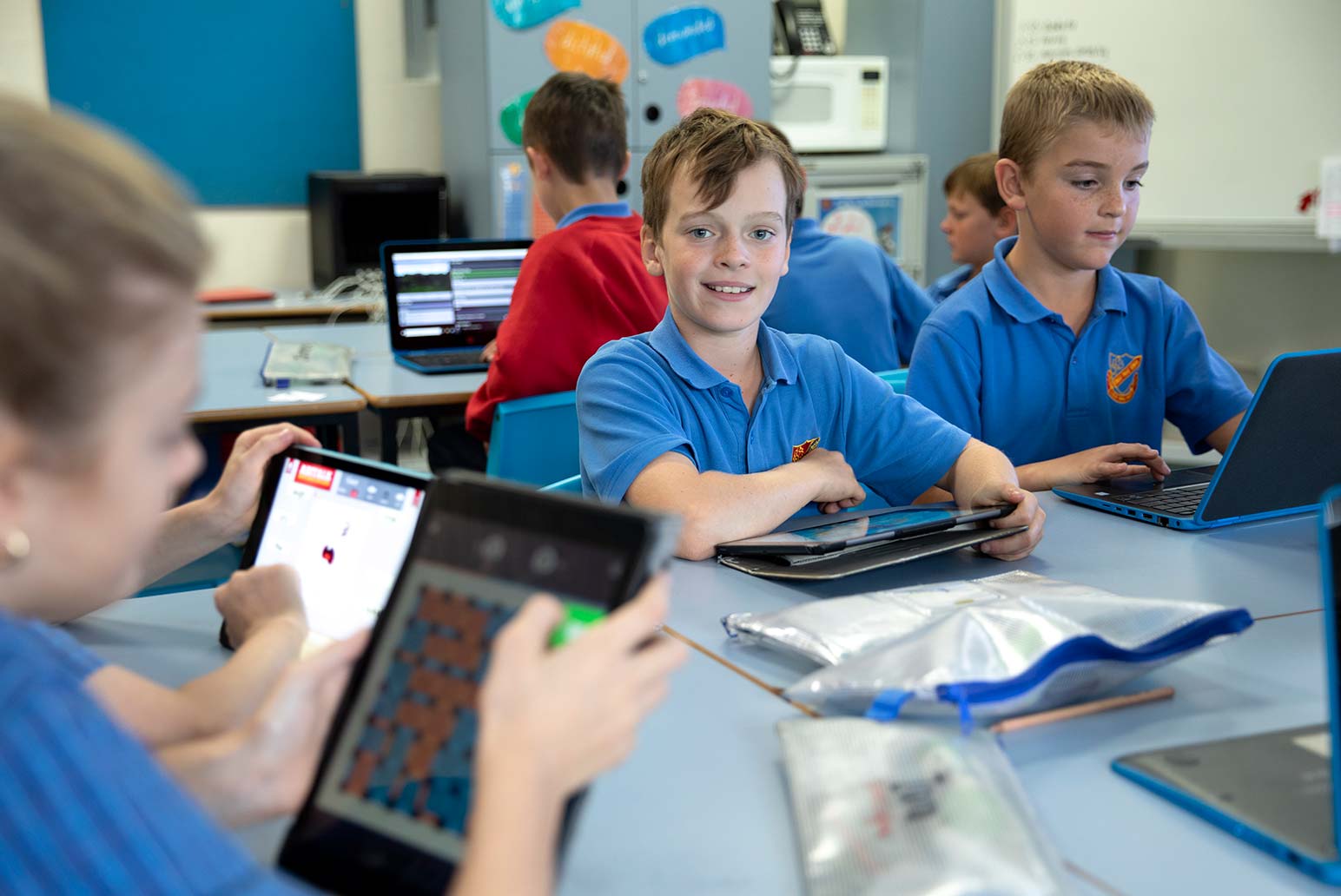Inclusive teacher strategies
The following evidence-based strategies aim to provide teachers with an overview of inclusive teaching practices to support inclusion of students with a diverse range of abilities and strengths. Many of these strategies are relevant for all students, while others will be relevant to some students.
How might you provide routine and structure?
Students who find moving from one activity to another challenging will be better prepared if they are aware it is coming up. Provide reminders about upcoming transitions, such as visual supports, countdown timers or regular reminders.

How might you provide a safe space (physically and emotionally)?
How can you promote peer interaction?
Teach students how to interact with each other. This may involve teaching peers how to use different styles of communication, or how to include another student. Access our peer inclusion pages and peer information sheets.
Provide developmentally appropriate and discreet support
Students may feel self-conscious about the support that is provided, particularly as they enter pre-adolescence (from about ten years of age). Developmentally appropriate and discrete support that builds a student's independence may increase confidence and support peer interactions.
For example, supports that are available to all students, are embedded in technology, or use a similar layout and visuals to other materials used in class, are less likely to draw attention to a specific student.

How can I collaborate with others?
Build a relationship with the learning and support team and all key stakeholders
There may be various health professionals involved in supporting the student. This may include Aboriginal Medical Services (AMS) for Aboriginal and Torres Strait Islander students.
Working together can lead to a shared understanding of the student, their goals, and strengths-based strategies that are consistent across other environments like home and the community.
This is particularly relevant when developing a personalised learning and support plan for a student.
Set joint learning outcomes and goals
Work collaboratively with the student’s parents as well as any key stakeholders to set some SMART goals. Aim to set outcomes that focus on the student’s strengths and are challenging enough to support learning and social development.
How can you tailor activities to be as inclusive as possible?
Concrete examples, simplified text, visual supports, breaking tasks into smaller components, using a variety of teaching strategies, and providing alternate ways for students to respond are some of the ways this can be achieved.
Add student interests into learning tasks
Working in partnership with families and health professionals (such occupational therapists) can help identify environmental adjustments. For example, students with physical disability may use therapy balls or cushions, or may need materials that cater to varying grip strength, mobility, and hand-eye coordination.
Provide instructions verbally and visually, demonstrate how to engage in a behaviour or activity, and engage students using developmentally appropriate kinaesthetic learning activities.
Check that you have the student’s attention when giving instructions, and check for understanding of instructions. Instructions provided in multiple formats (such as verbal and visual instructions) are best.

How might you create opportunities for repetition and revision?
How might you support social, emotional and problem solving skill development?
Identifying what a student is trying to communicate through their behaviour can provide opportunities to guide the student in alternative ways they can make their needs and wants known.

School Excellence Framework alignment
Wellbeing, Effective classroom practice
Australian Professional Standards for Teachers alignment
Standard 1: Know students and how they learn
Audience
School leaders and primary teachers
Purpose
This guide features evidence-based inclusion strategies for teachers to consider in their daily practice.
Reviewed
November 2021. Share your feedback here
Explore other topics
1/6